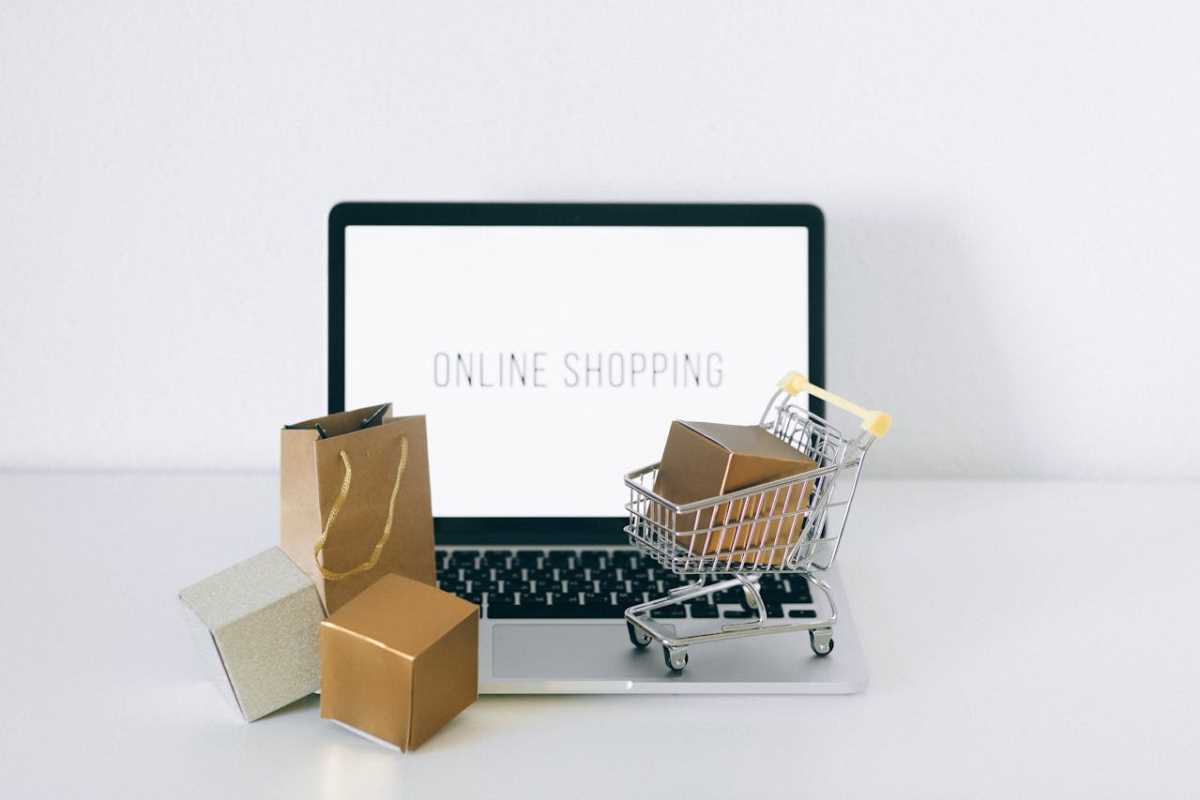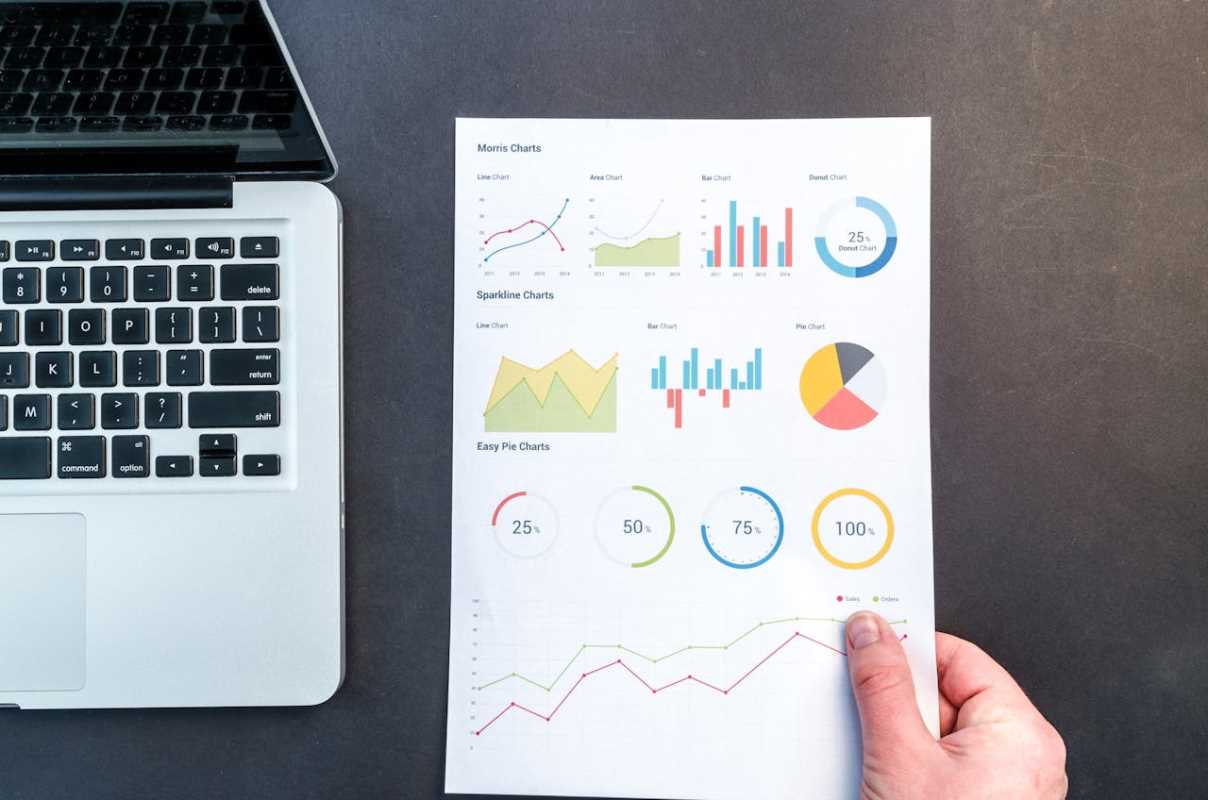Your email list is one of your most valuable business assets. It's a direct line to people who have already shown interest in what you offer. But simply sending random newsletters is not enough. Smart email sequences turn casual subscribers into loyal customers by delivering the right message at the right time, nurturing leads until they are ready to convert.
What Are Smart Email Sequences?
An email sequence is a series of automated emails sent to a subscriber based on a specific trigger. This trigger could be anything from signing up for a newsletter, downloading a resource, or abandoning a shopping cart. Unlike a one-off email blast, a sequence guides a user on a personalized journey.
These automated campaigns are a workhorse for modern marketing. They save time, ensure consistent communication, and can generate significant revenue. Businesses using marketing automation see a 451% increase in qualified leads. A smart sequence feels less like marketing and more like a helpful conversation, building trust and driving action.
1. The Welcome Sequence: Make a Strong First Impression
The moment someone subscribes to your list is your best opportunity to engage them. Open rates for welcome emails are, on average, 82%. This first interaction sets the tone for your entire relationship. A welcome sequence should do more than just say "thanks for subscribing."
Goals of a Welcome Sequence:
- Deliver the promised lead magnet (e.g., ebook, checklist).
- Introduce your brand and what you stand for.
- Set expectations for what kind of content they will receive.
- Encourage the first small conversion or action.
A Sample Welcome Sequence:
- Email 1 (Sent Immediately): Deliver the Goods.
- Subject: Here’s the [Resource Name] you requested!
- Content: This email should be short and to the point. Immediately provide the link to the resource they signed up for. Reinforce the value they just received and briefly re-introduce your brand.
- Email 2 (Sent 1 Day Later): Share Your Best Content.
- Subject: The one thing most people miss about [Topic].
- Content: Don't try to sell anything yet. Instead, build trust by providing more value. Link to your most popular blog post, a helpful video, or a case study that solves a common problem for your audience. This positions you as an expert.
- Email 3 (Sent 3 Days Later): Introduce a Problem and a Solution.
- Subject: Are you making this mistake?
- Content: Address a common pain point your target audience faces. Explain the problem in detail, showing that you understand their challenges. Briefly hint that a solution exists, which sets the stage for your product or service.
- Email 4 (Sent 5 Days Later): The Soft Pitch.
- Subject: A better way to [achieve a goal].
- Content: Now you can introduce your product or service as the solution to the problem you discussed in the previous email. Focus on the benefits, not just the features. Include social proof like a customer testimonial or a powerful statistic. End with a clear, low-friction call-to-action (CTA), like "Learn More" or "Watch a Demo."
2. The Nurture Sequence: Build Trust and Educate
Not everyone is ready to buy right away. A nurture sequence is designed for leads who are in the consideration phase. They know they have a problem and are exploring solutions. Your job is to educate them and keep your brand top-of-mind.
Goals of a Nurture Sequence:
- Address common objections and questions.
- Showcase your product's value through storytelling.
- Build authority with case studies and social proof.
Ideas for Nurture Emails:
- Case Study Emails: Tell the story of a customer who achieved great results with your product. Frame it as a before-and-after story. How did their business change? What specific outcomes did they see?
- Objection-Handling Emails: What are the common reasons people hesitate to buy from you? Is it price? Complexity? Address these objections head-on in an email. For example, an email with the subject "Is [Your Product] too expensive?" can build trust through transparency.
- Comparison Emails: Compare your approach to other solutions in the market. Be honest and focus on what makes your offering unique. A guide comparing "In-House vs. Outsourced Solutions" can be very effective.
3. The Abandoned Cart Sequence: Recover Lost Revenue
For e-commerce and SaaS companies, cart abandonment is a major source of lost revenue. Nearly 70% of online shopping carts are abandoned before a purchase is completed. An abandoned cart sequence is a highly effective way to bring these customers back.
These sequences work because the user has already shown strong purchase intent. They just need a small nudge to complete the process.
A High-Converting Abandoned Cart Sequence:
- Email 1 (Sent 1 Hour Later): A Gentle Reminder.
- Subject: Did you forget something?
- Content: This email should be simple and helpful. Many customers get distracted. Show them exactly what they left in their cart and provide a clear link to return and complete their purchase. Avoid being pushy.
- Email 2 (Sent 24 Hours Later): Create Urgency or Offer Help.
- Subject: Your [Product Name] is waiting for you.
- Content: Reiterate the benefits of the product. You can introduce a bit of urgency by mentioning that the item is popular or that their cart will expire soon. You can also take a customer-service approach by asking if they had any trouble checking out.
- Email 3 (Sent 48-72 Hours Later): The Final Offer.
- Subject: A special offer just for you.
- Content: This is your last chance to recover the sale. Offering a small discount, like 10% off or free shipping, can be the final incentive needed to push them over the edge. This should be used strategically to avoid training customers to always wait for a discount.
Best Practices for All Sequences
No matter the type of sequence, a few core principles will determine its success.
Personalize Everything
Personalization goes beyond just using the subscriber's first name. Use the data you have to make the content relevant. Segment your email list based on behavior, interests, or purchase history. A user who downloaded a guide on SEO should receive different content than someone who downloaded a guide on social media marketing.
Craft Compelling CTAs
Every email should have a single, clear call-to-action. Do you want them to read a blog post, watch a video, or buy a product? Don't confuse them with multiple options. Use action-oriented language like "Get Your Guide," "Start Your Free Trial," or "Claim Your Discount."
Pay Attention to Timing and Frequency
The right timing depends on your audience and sales cycle. A welcome sequence is front-loaded with frequent emails to capitalize on initial excitement. A long-term nurture sequence might only send an email once a week. Test different sending times and frequencies to see what gets the best engagement from your audience.
By implementing smart email sequences, you can build an automated system that nurtures leads, builds relationships, and drives conversions around the clock.
 (Image via
(Image via

.jpg)



